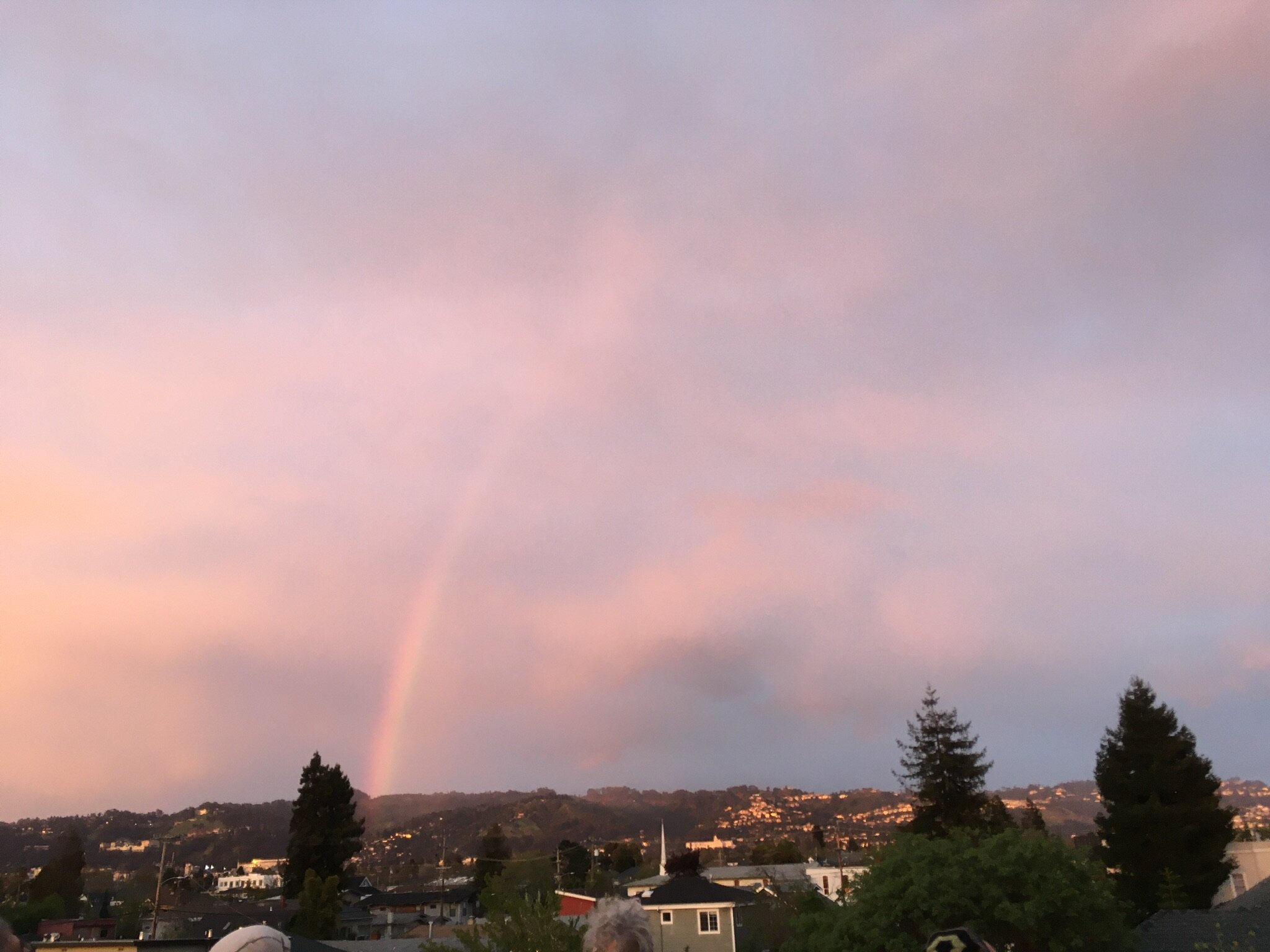
Popularizing a systems approach to culture will take a while. I’ve begun to sketch out a roadmap knowing it may take lifetimes to explore, create, and ground-truth at any scale.
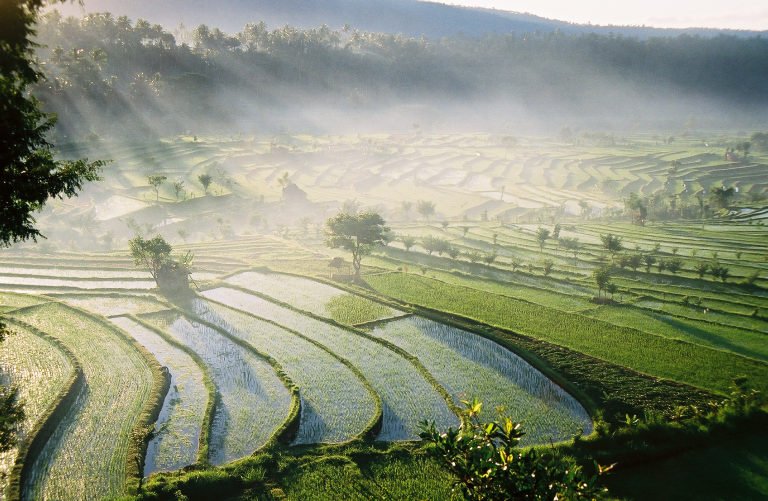
subaks
The traditional water distribution and agricultural expressions of Balinese rice farmers is my favorite example of articulture. Back in my greenmuseum•org days, I attended a talk as part of the Long Now SALT lecture series. The presentation blew me away with its modeled analysis of how this complex rice farming (and so much more) system functioned. It also gave me an introduction to how Balinese culture made the engineering and policy all work together, managing conflict and equity, and ensuring effective practices and wisdom were spread from generation to generation. These were grand, island-scale agricultural earthworks with art and ceremony and beauty woven into every step of a joyous, colorful, nourishing process…

tea ceremony
One of the more commonly known examples of an art system, at least among people with a passing familiarity with Asian culture, is the Japanese tea ceremony. Many cultures around the world have formally ritualized the serving and sipping of hot herbally infused beverages. The Japanese example, known as chanoyo or sado - “the way of the tea”, is inspiring for its complexity and continuity of practice.
The “way of the tea” can involve an astounding mix of elements including ceramics, fashion, performance, tea preparation, etiquete, seasonal desert and snack pairings, flower arranging, architecture, painting, poetry, landscaping, politics, historical allusions and Zen spirituality…
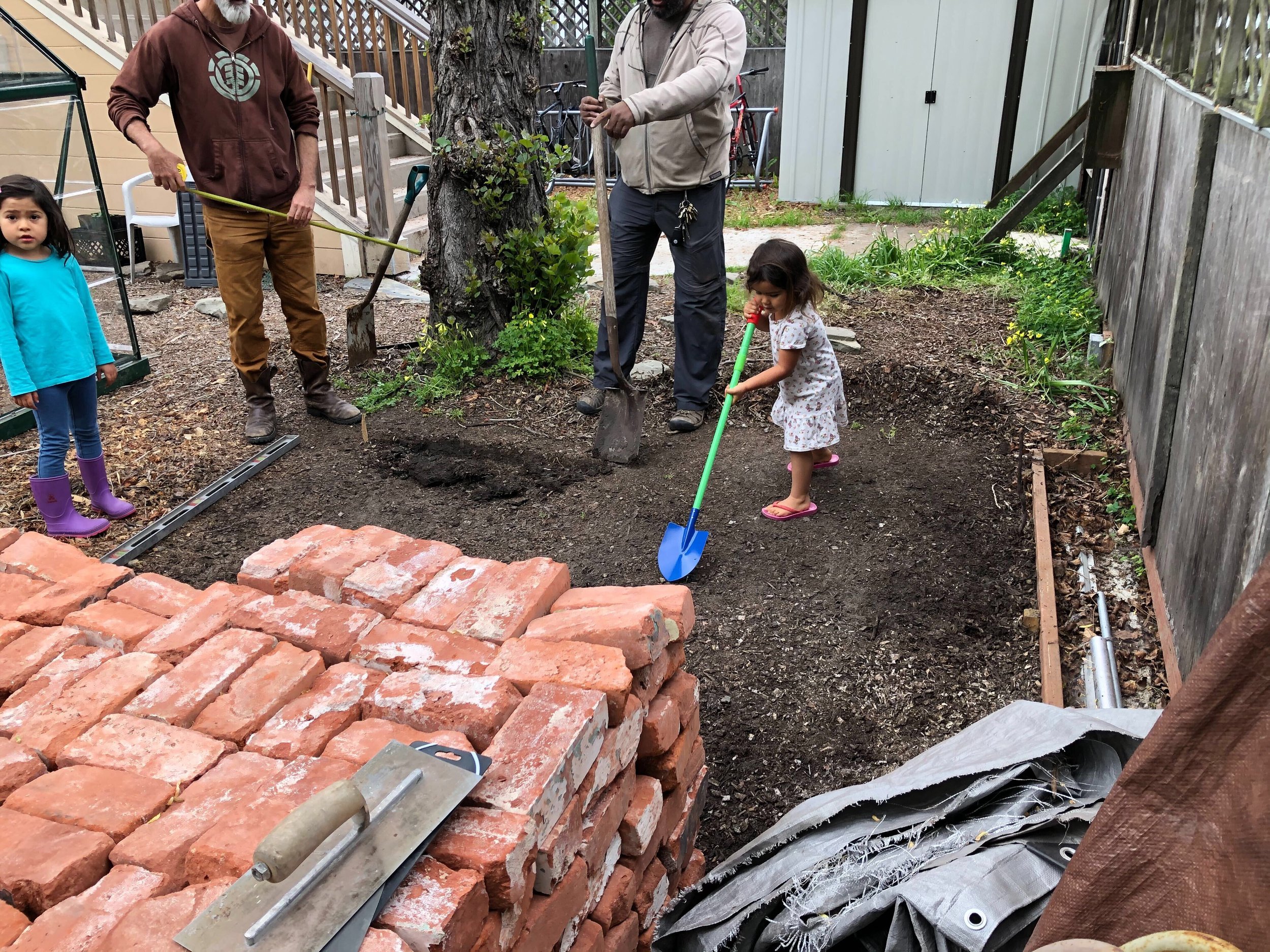
whistle while you work
This post was fun to assemble. I hope these examples inspire anyone looking for ways hard work can actually be fun. A difficult task is so much easier with cultural support! These elements can be part of our art systems, part of our lives. As I witness these examples, I wonder what else is still out there, and what needs to be in place for these practices to survive modernity? Where else in life are they experiencing work music, rhythm, and integrated beauty to create enough soil for these manifestations to bloom? This does not happen in isolation. Food preparation, dancing, fashion, spirituality, festivals and even architecture are shaped by all of this…
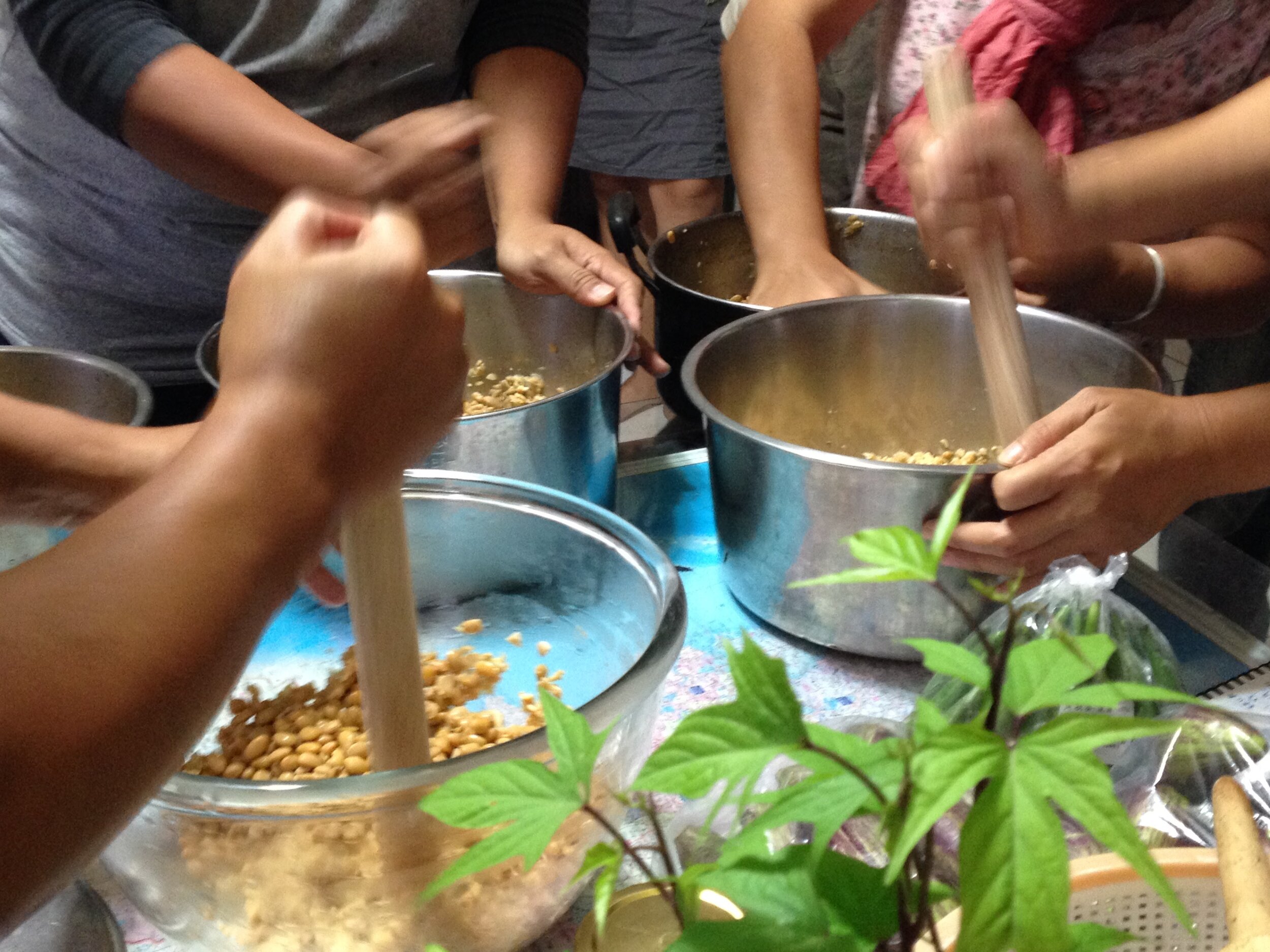
the long entangle
El Bulli chef, Ferran Adrià, once said that cooking is the most conservative form of art. That’s why he developed the field of molecular gastronomy, to fight that tendency to stick to the familiar. His are not the sort of meals you can likely prepare at home, though, unless you have a hyperbolic chamber or chemistry lab handy. Cooking maintains the stubborn potential to be the most deeply grounded in nature, place, and the rhythms of the Earth of any cultural practice, if only because of its ubiquity. We eat “nature” daily. Aside from breathing, it’s likely the most intimate way our bodies interface with the world around us to the point of inviting gastronomically curated bowls-full of other life forms, liquids and minerals, directly into our bodies, transforming them through friction, chemical processes, earth, air, water, fire, into us…
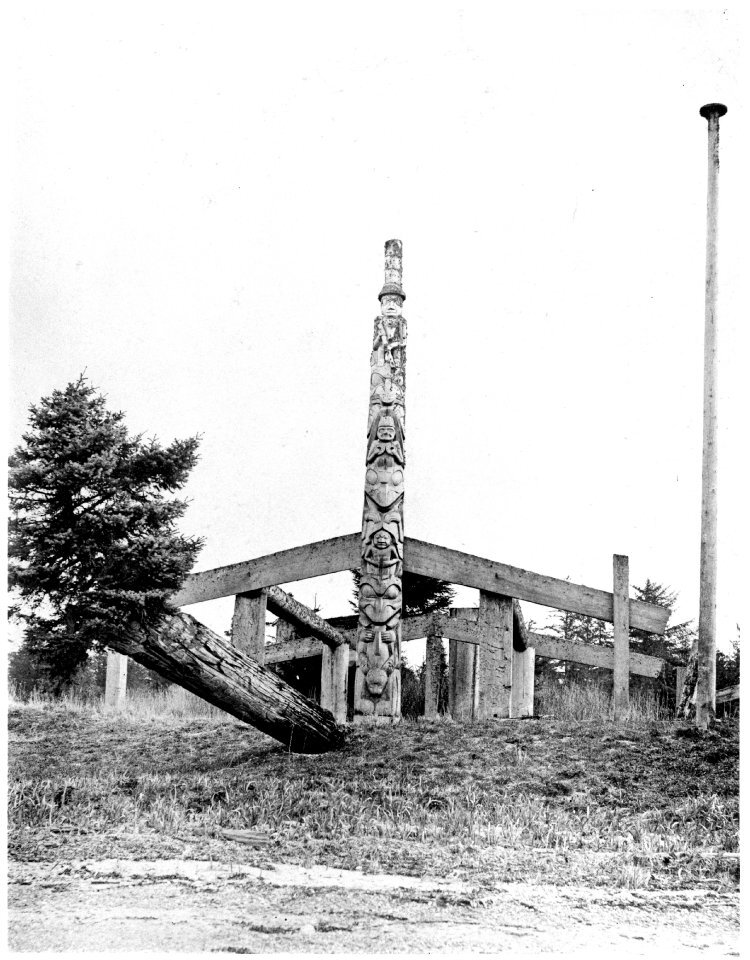
totem
One way to observe articulture in practice and how Western art notions and colonialism under the banner of "preservation" chop the world apart, is the story of this "totem pole". This story could be about any totem pole, or most anything else, for that matter. The pattern is the same.
It's a fascinating and sad story, all too common around the world, and helpful in part, because of the extensive documentation (and photographs from the British Museum). It could be said to begin with the arrival of Columbus to the "New World" or the long traumatic history of European wars and savagery that shaped that particular pattern of conquest and plunder. The Haida village of Kayung in the part of the planet visitors later called British Columbia, is where this part of the story begins…

the protest alternative
Much has been said about protests and cultural events which sprout around large decision-making festivals, like those at the recent COP26. The corporations and dominant destructive power players control the discussion and framing to the extent that any side helping of art or protest, however well-meaning and brave, is likely still to barely get through to decision makers or have much impact at all on public awareness of the issues. It can be inspiring and educational for those involved, yet for many, each big event becomes yet another reason to stay home. Festivals, climate-themed art and clever prank-art, can educate us and wake us up to the need to do something. Yet, with these events and their associated commentary, how many people actually shift how they live to reflect these values? How long might these effects last?…